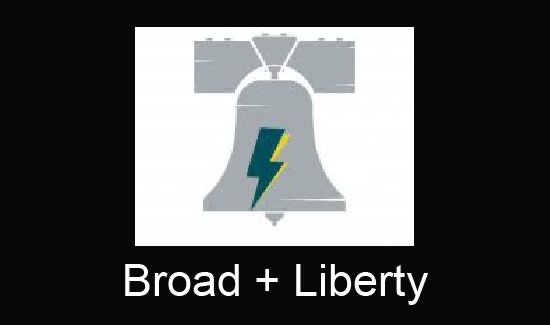Review of State Taxpayer-Funded Programs Underway

By Kim Jarrett
The Pennsylvania Performance Budgeting Board started a series of hearings into how effective programs funded by taxpayer dollars are with an agency members said was the hardest to measure.
The board was established in 2018 to measure the outcomes of the funds spent by state agencies. Each agency will be measured every five years. This is the second year of the process. This year, the Independent Fiscal Office (IFO) is evaluating the Pennsylvania Emergency Management Agency (PEMA), Human Services, Economic and Community Development, Health and the Department of Environmental Protection.
“But what we’re really trying to do here, of course, is to see if it really is possible to make some incremental progress over time, and that’s why we’re not just looking at one year,” Knittel said. “We’re looking at a five-year time span, and we’re looking to see whether there was general progress over that time span, and moreover we’re looking at other states, too.”
The board began with a presentation on PEMA, one of the most difficult to measure, Knittel said. PEMA has random and infrequent events, and it is difficult to quantify training, mitigation and preparation, according to Knittel’s presentation.
Some of the highlights from Knittel’s report included:
• Pennsylvania’s $1.65 a month fee per line for 911 is the seventh highest in the U.S. However, the state relies more on the fee than other states.
• Seventy-five percent of Pennsylvania counties have a plan that is required for federal hazard mitigation funding.
• The Fire Commissioner’s office does not have a way to measure the number of volunteer firefighters. Pennsylvania’s reliance on volunteer firefighters ranks third in the nation.
Rep. George Dunbar, R-Pittsburgh, said he was “kind of stunned” that there was no way to determine how many volunteer firefighters were in the state.
“I agree wholeheartedly,” State Fire Commissioner Bruce Trego said.
Sen. Pat Browne asked about the effect of local agencies on metrics.
“If there’s weaknesses at the local level in executing their systems in their jurisdictions, do we evaluate the performance of our state system based on their activities?” Browne asked.
Metrics for 911 operations should be easier to measure as the system moves from county-based to a statewide system, said Jeff Boyle, deputy director for 911 at PEMA.
The question is more difficult for the fire departments.
“We can measure the number of people we certified and the number of people we train, but is that really meeting the resources needs for the community at the local level?” Trego asked.
The IFO report included a recommendation for PEMA to develop long-term metrics. The agency is currently working on a strategic plan, PEMA Executive Director Randy Padfield said.







